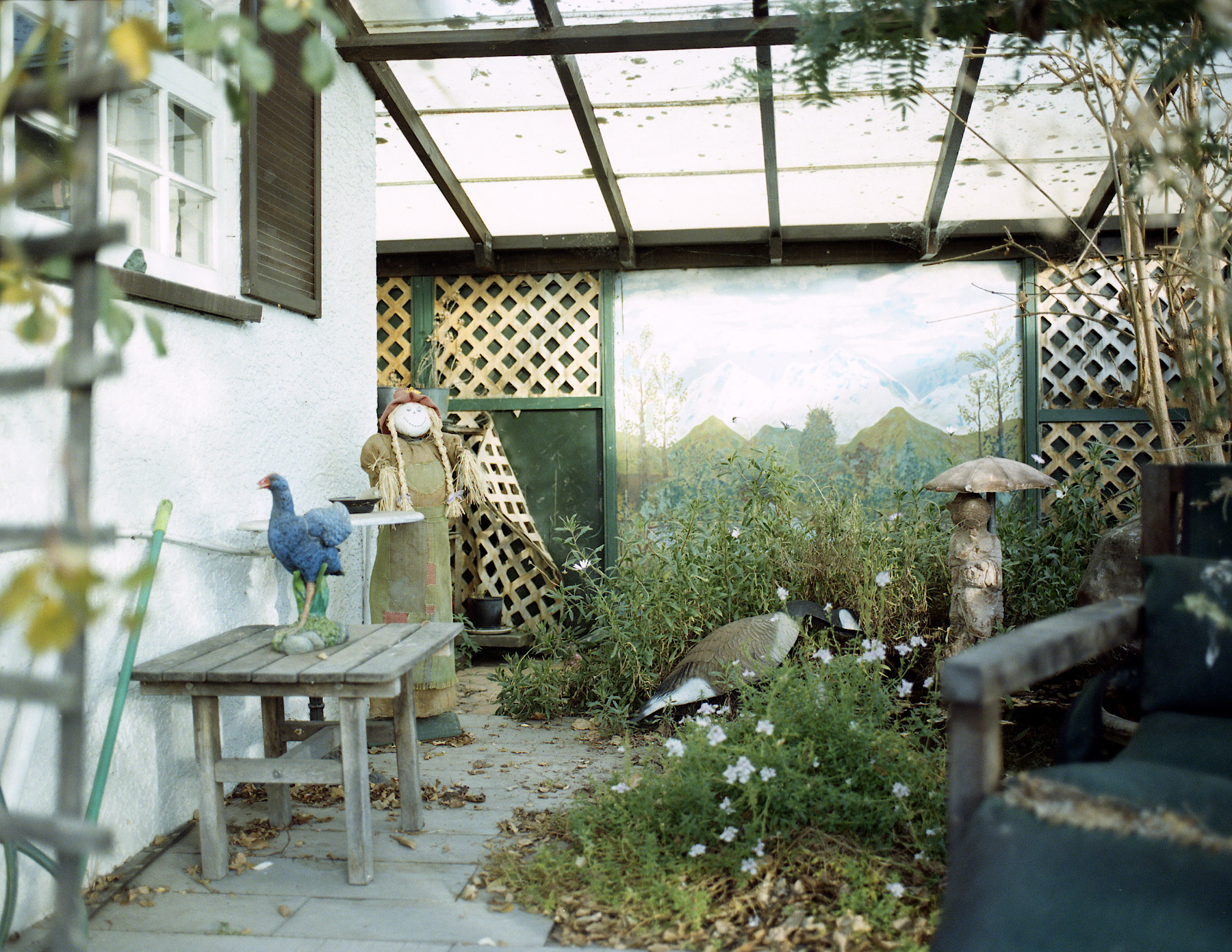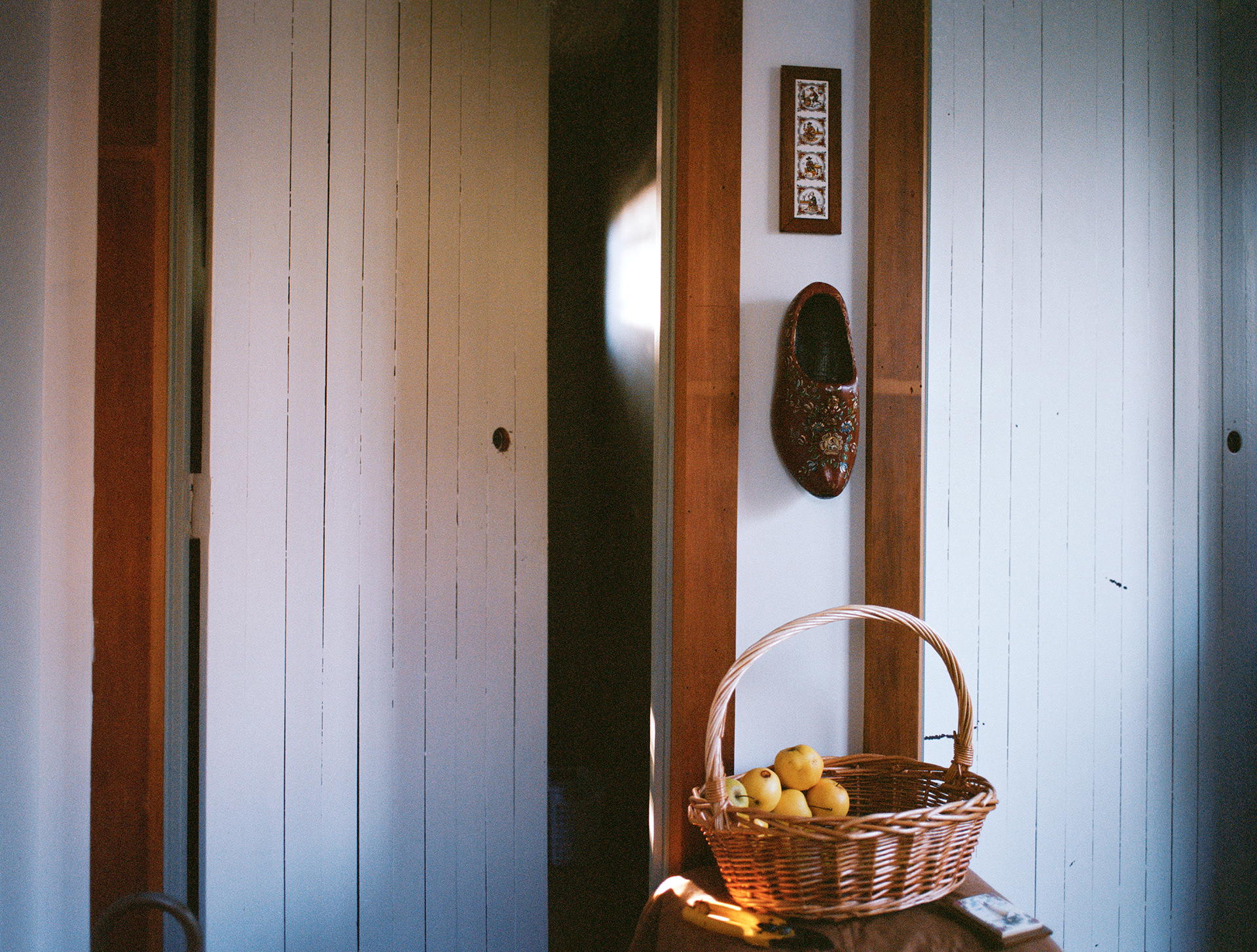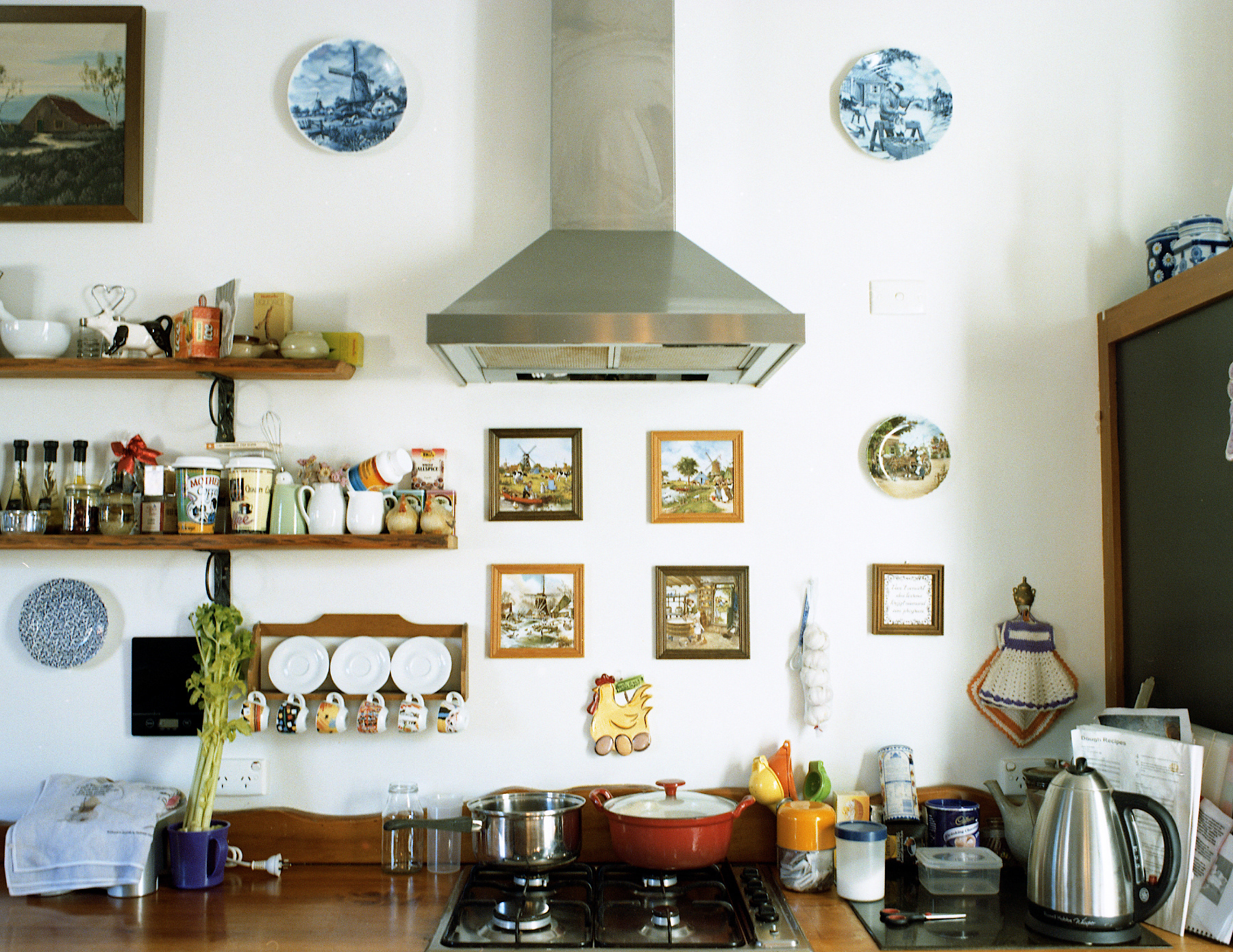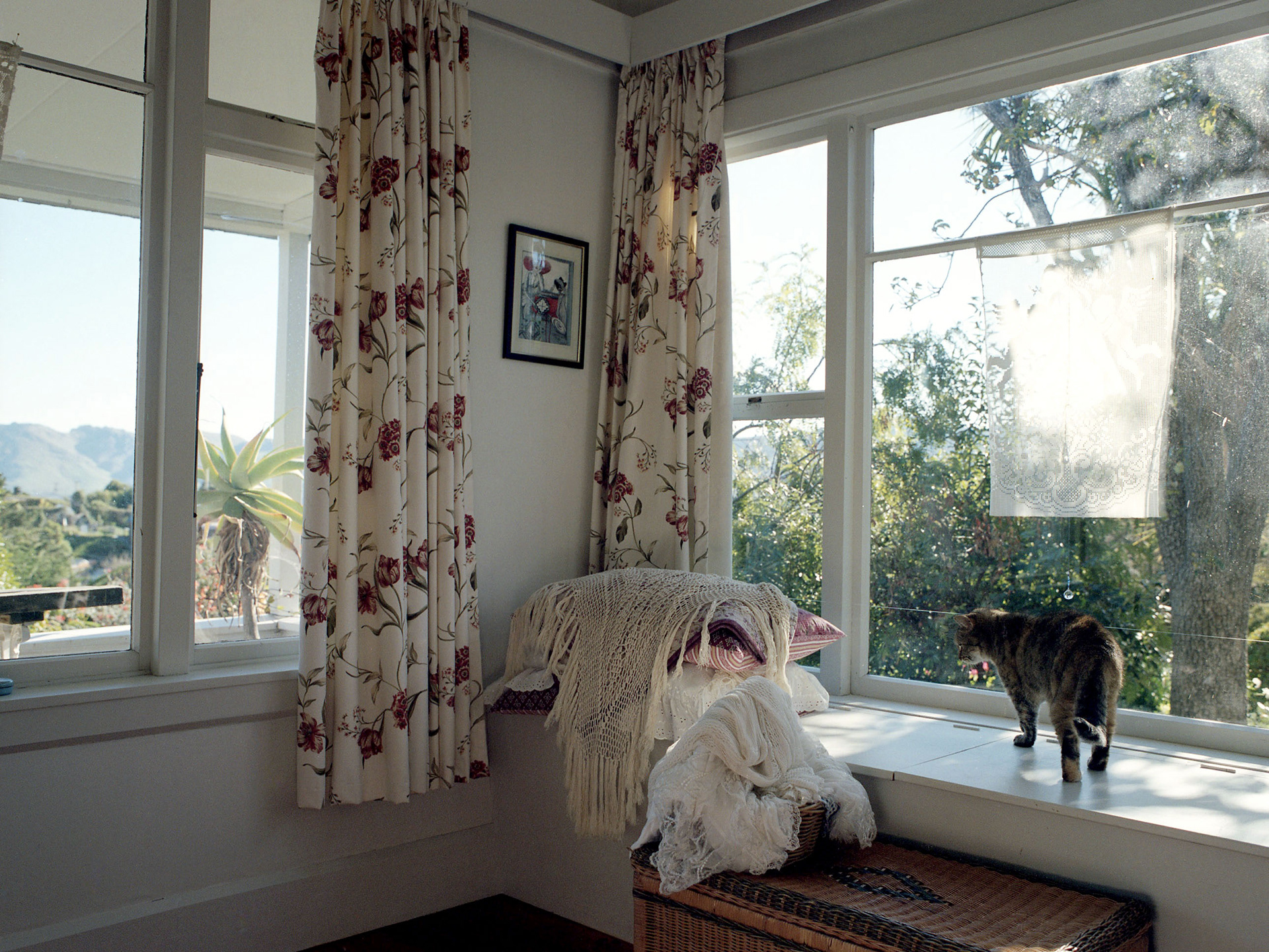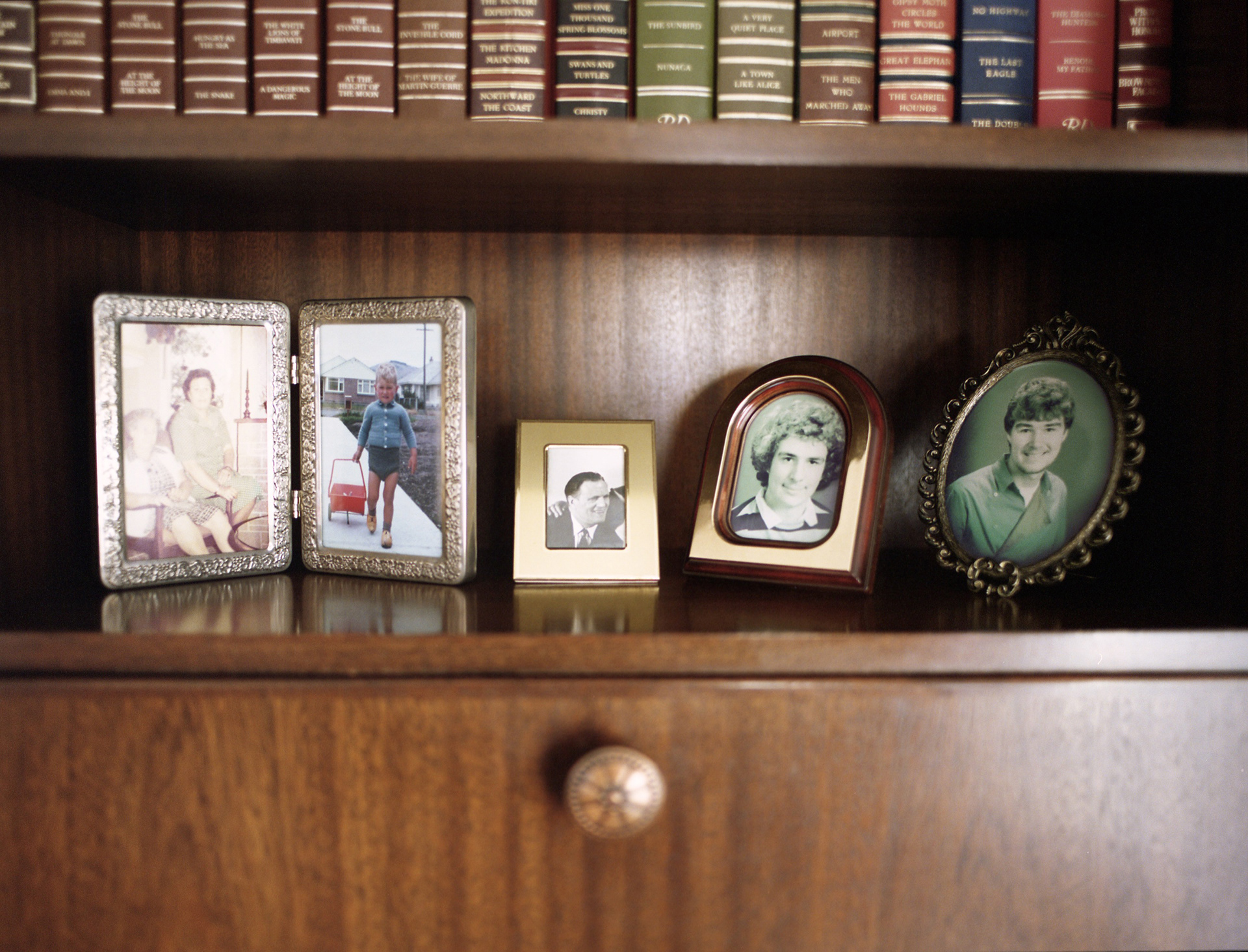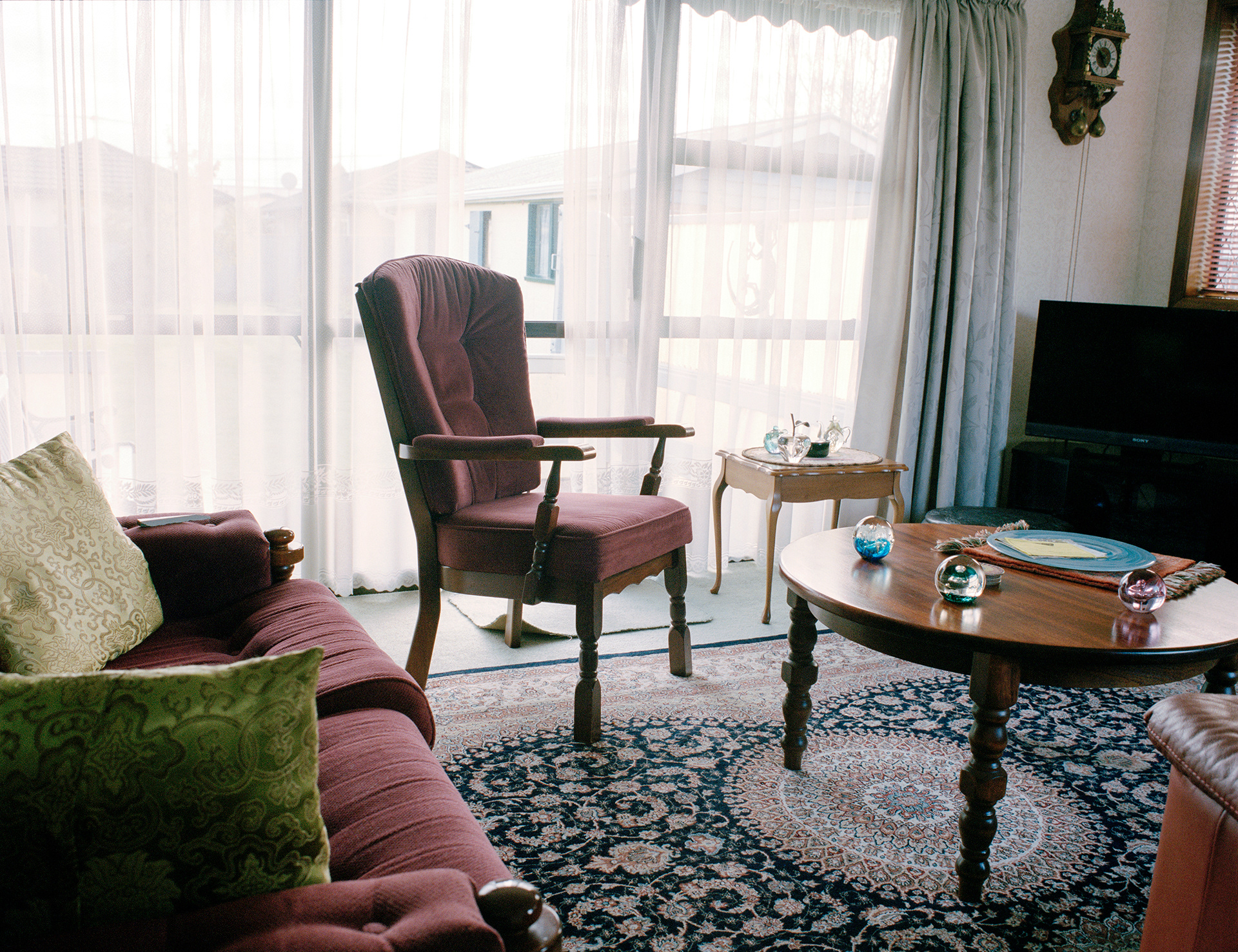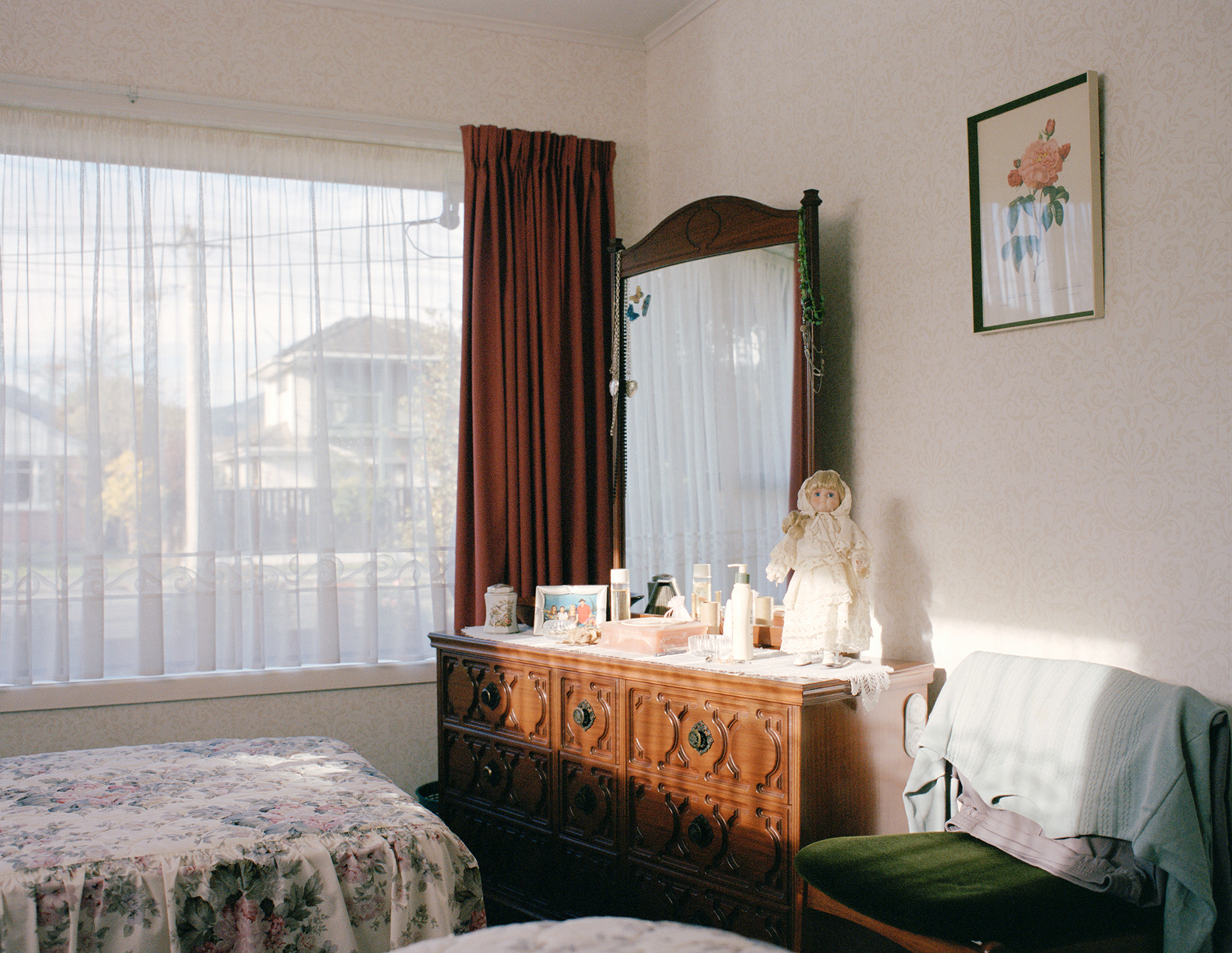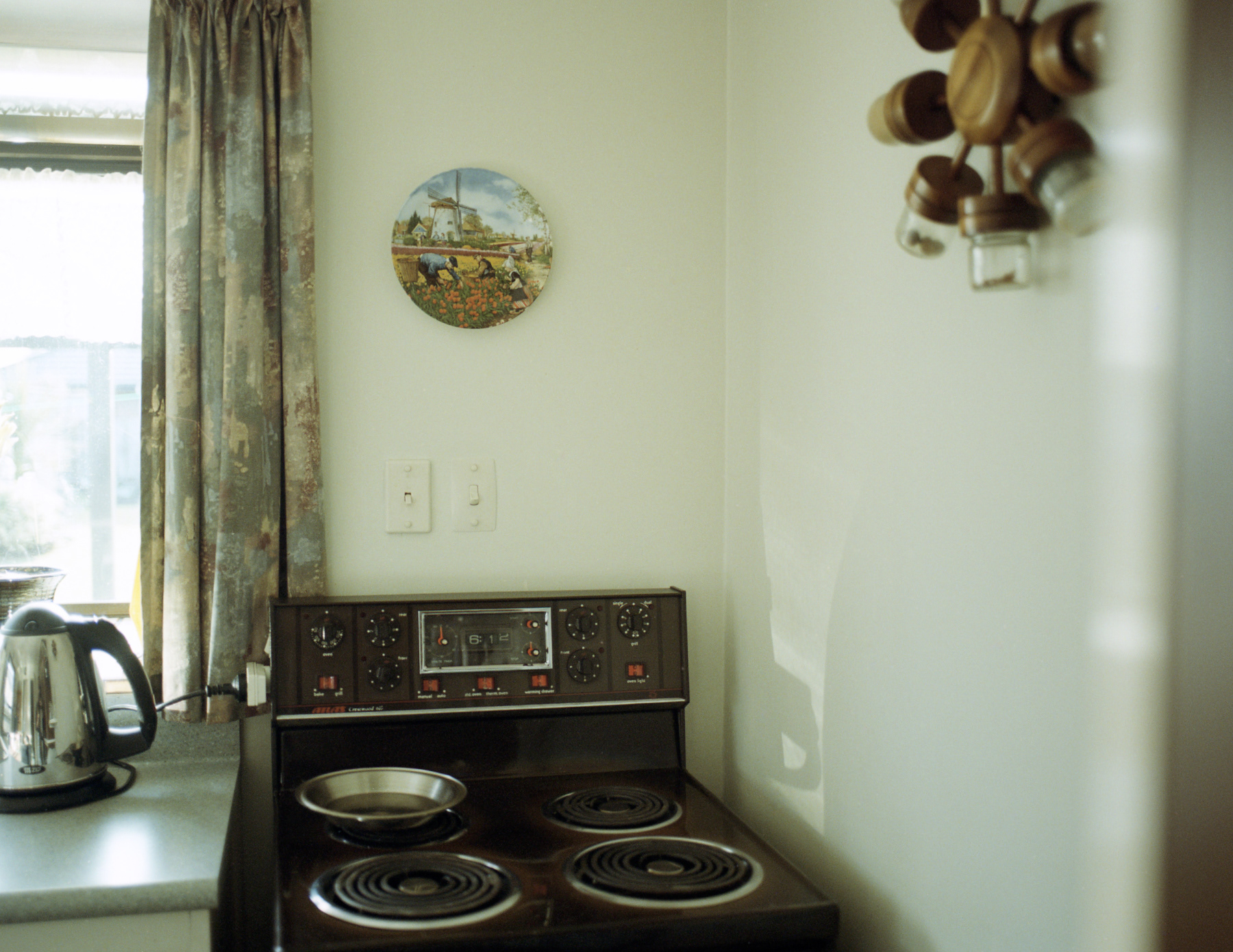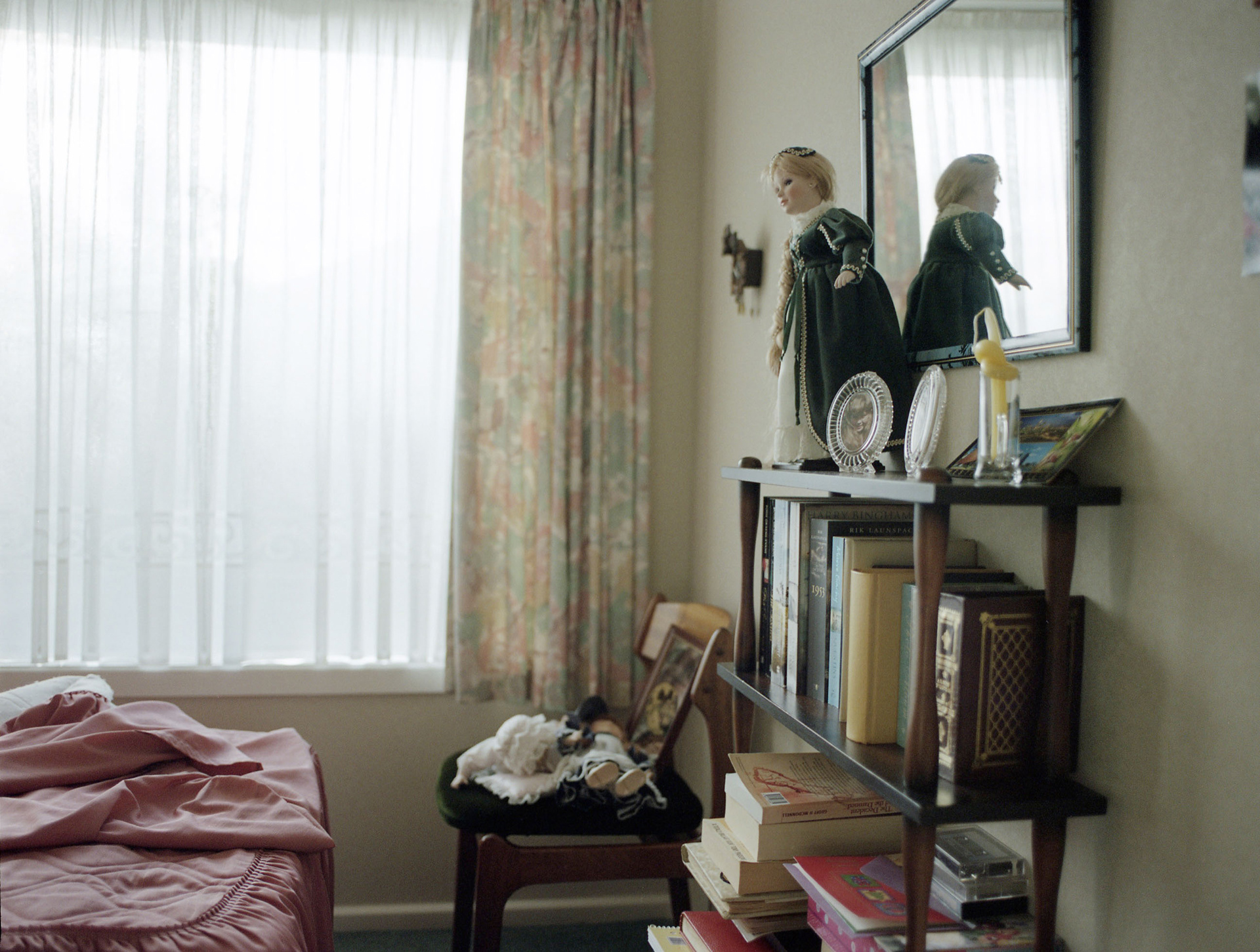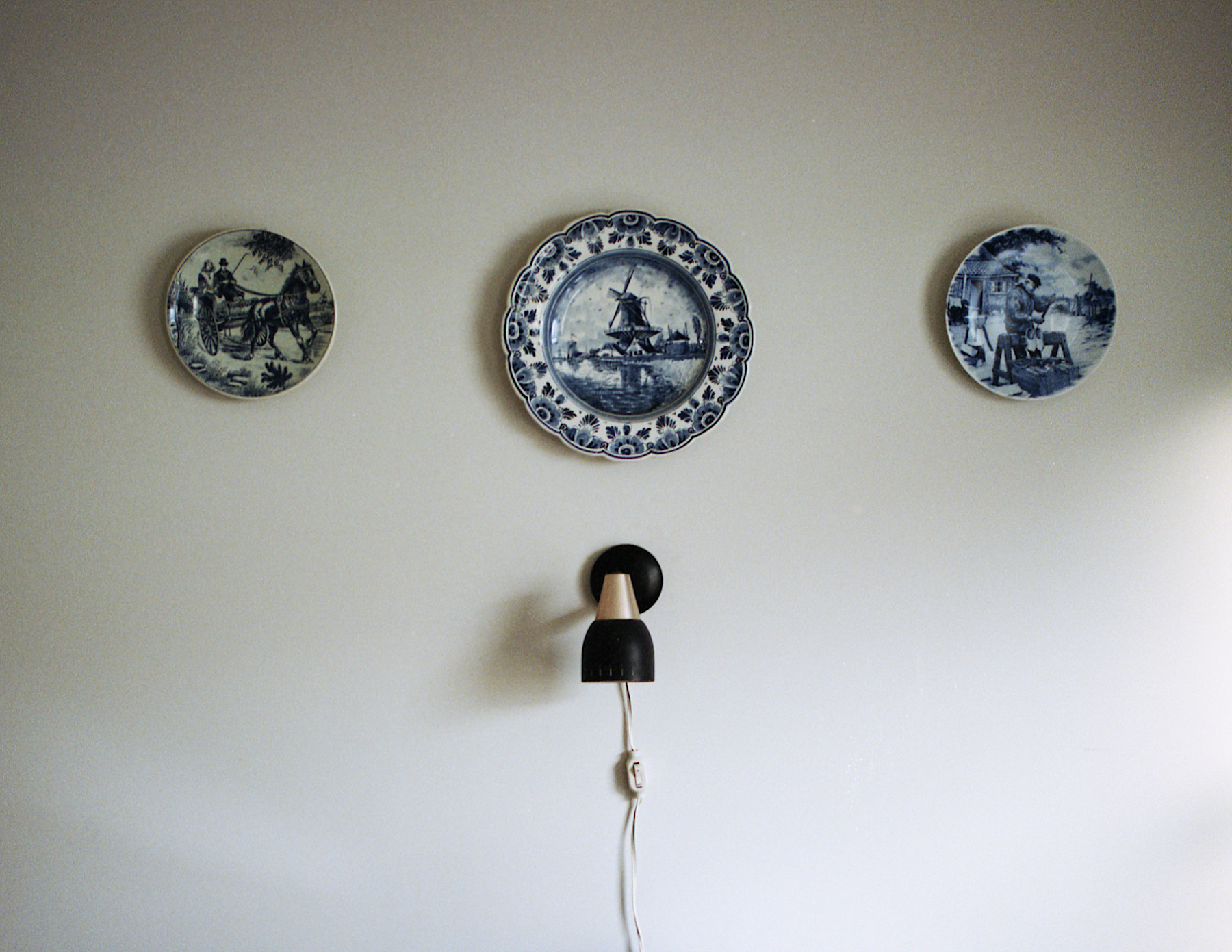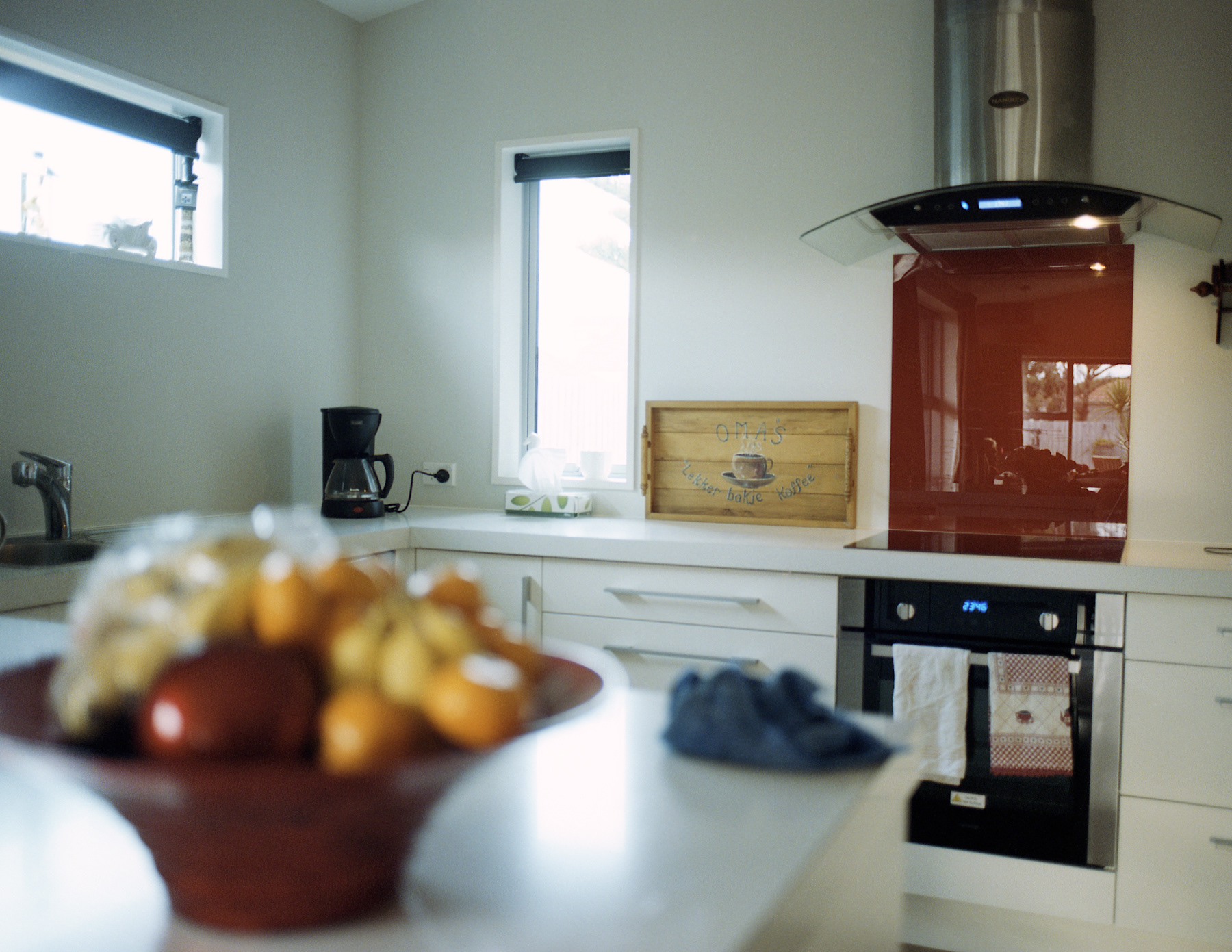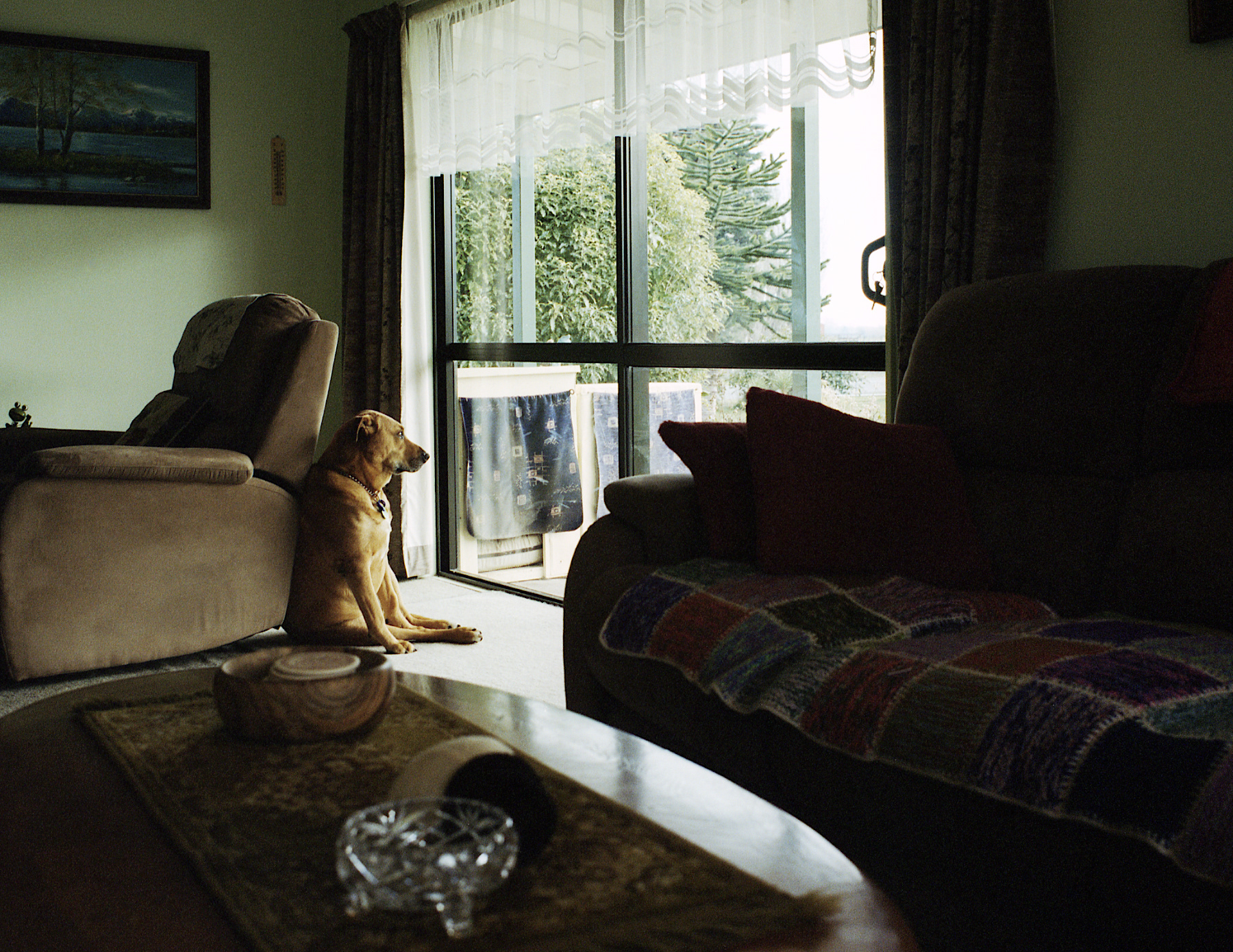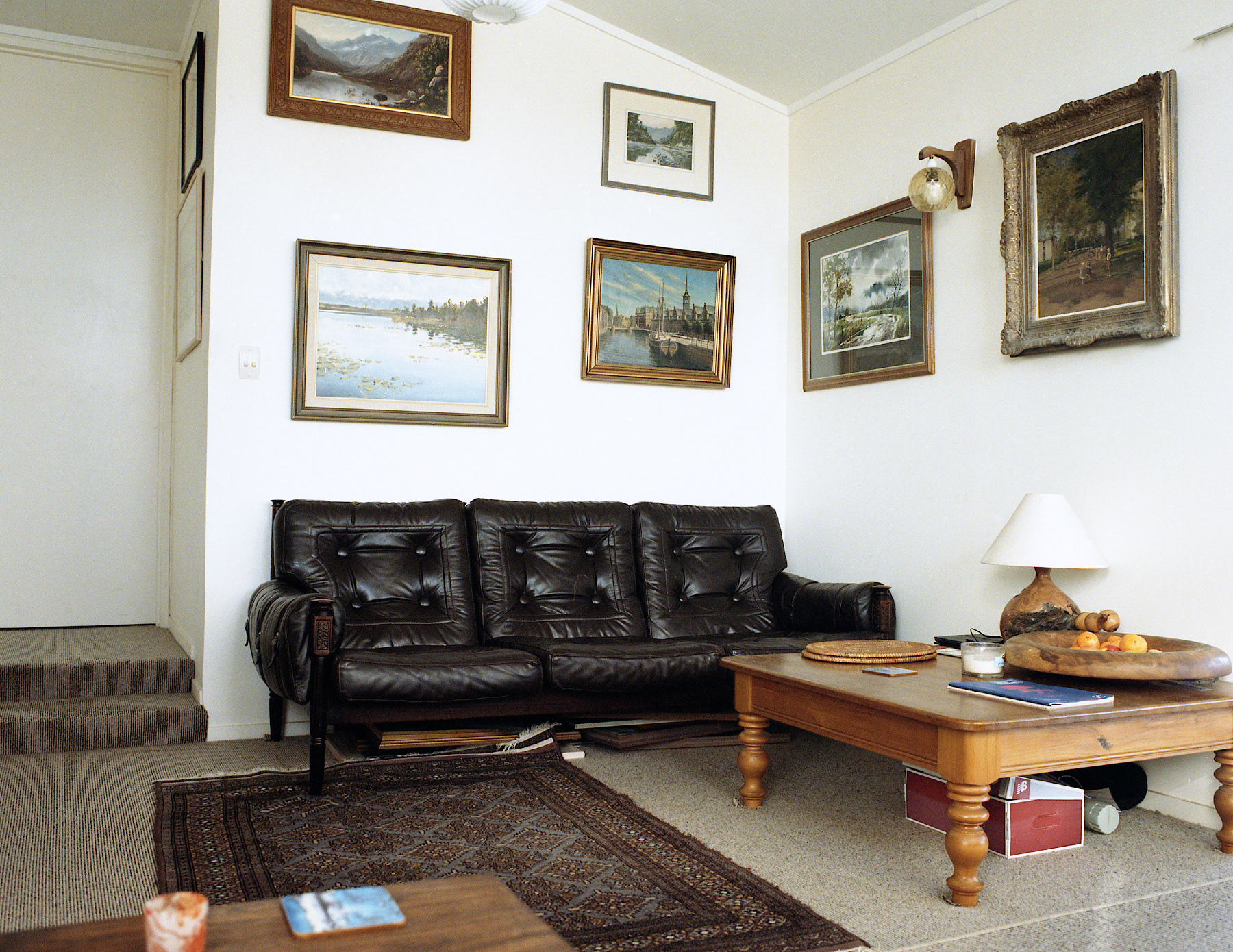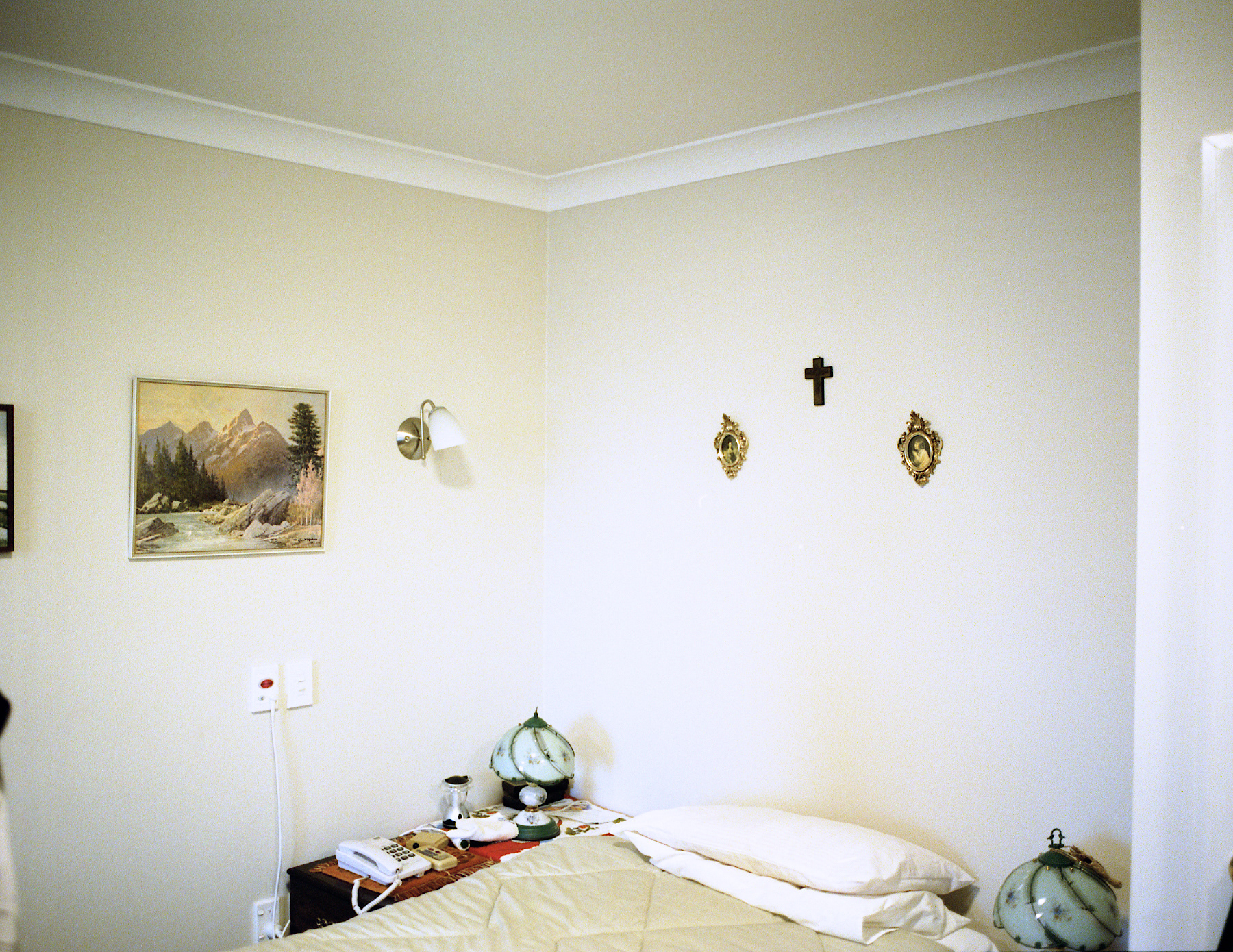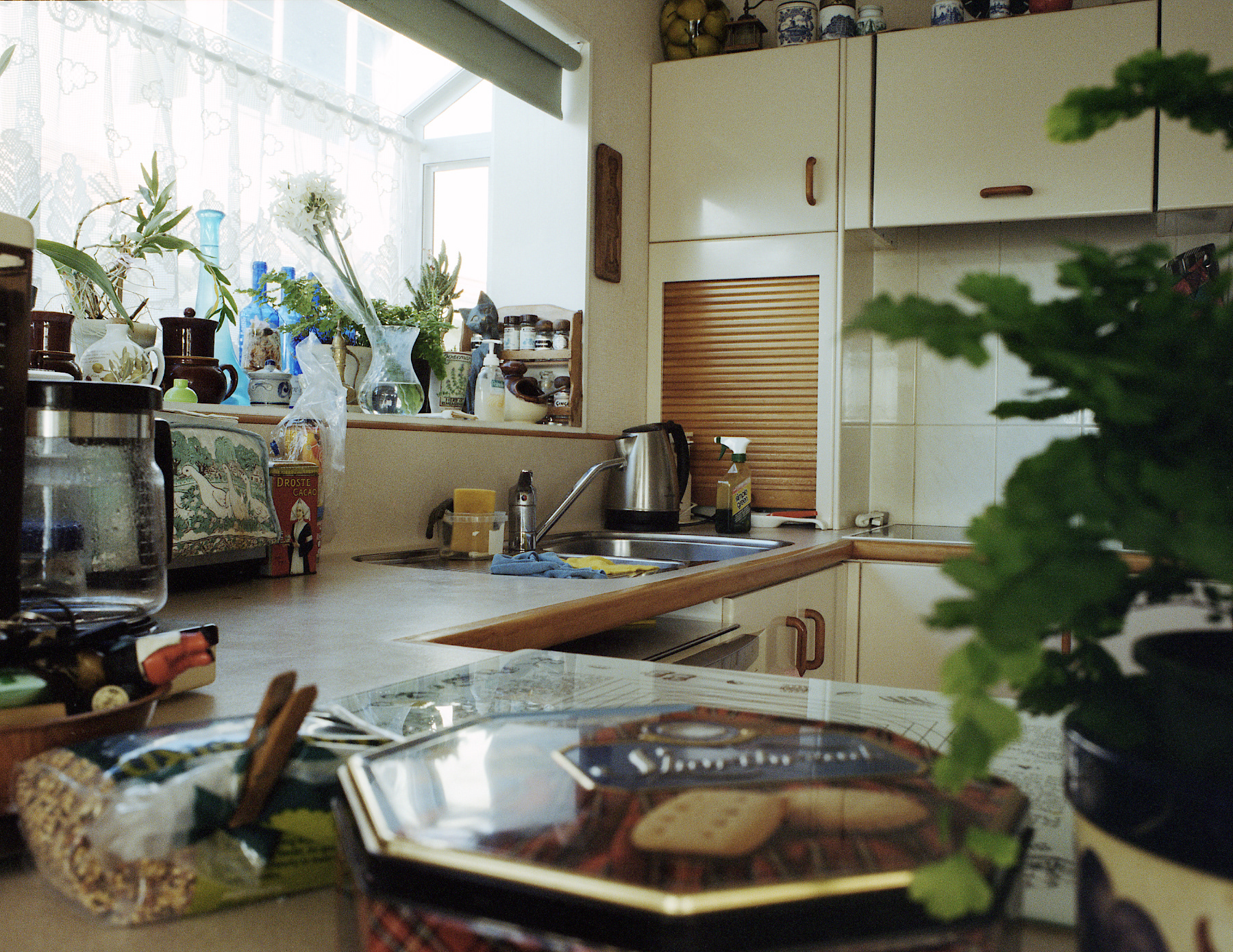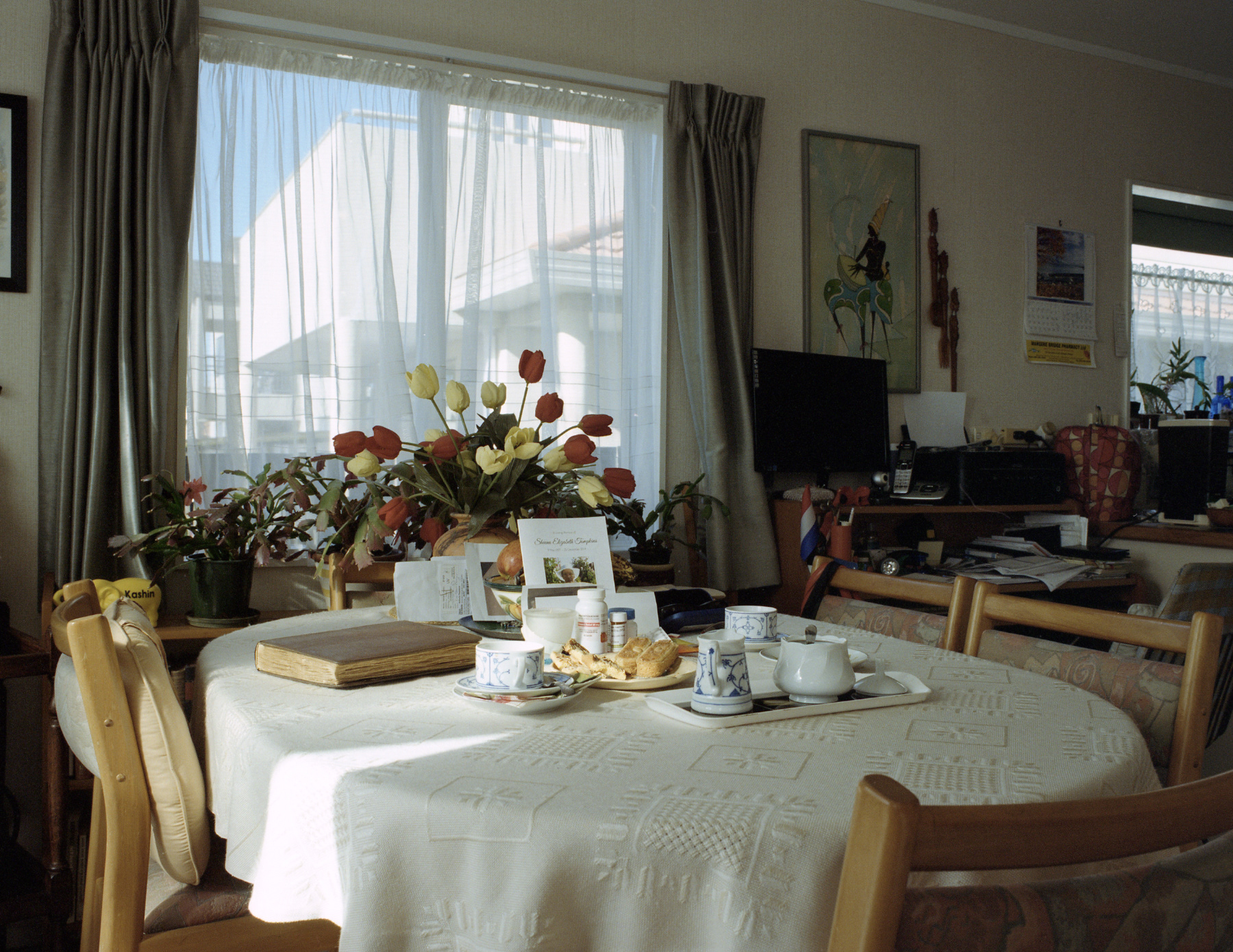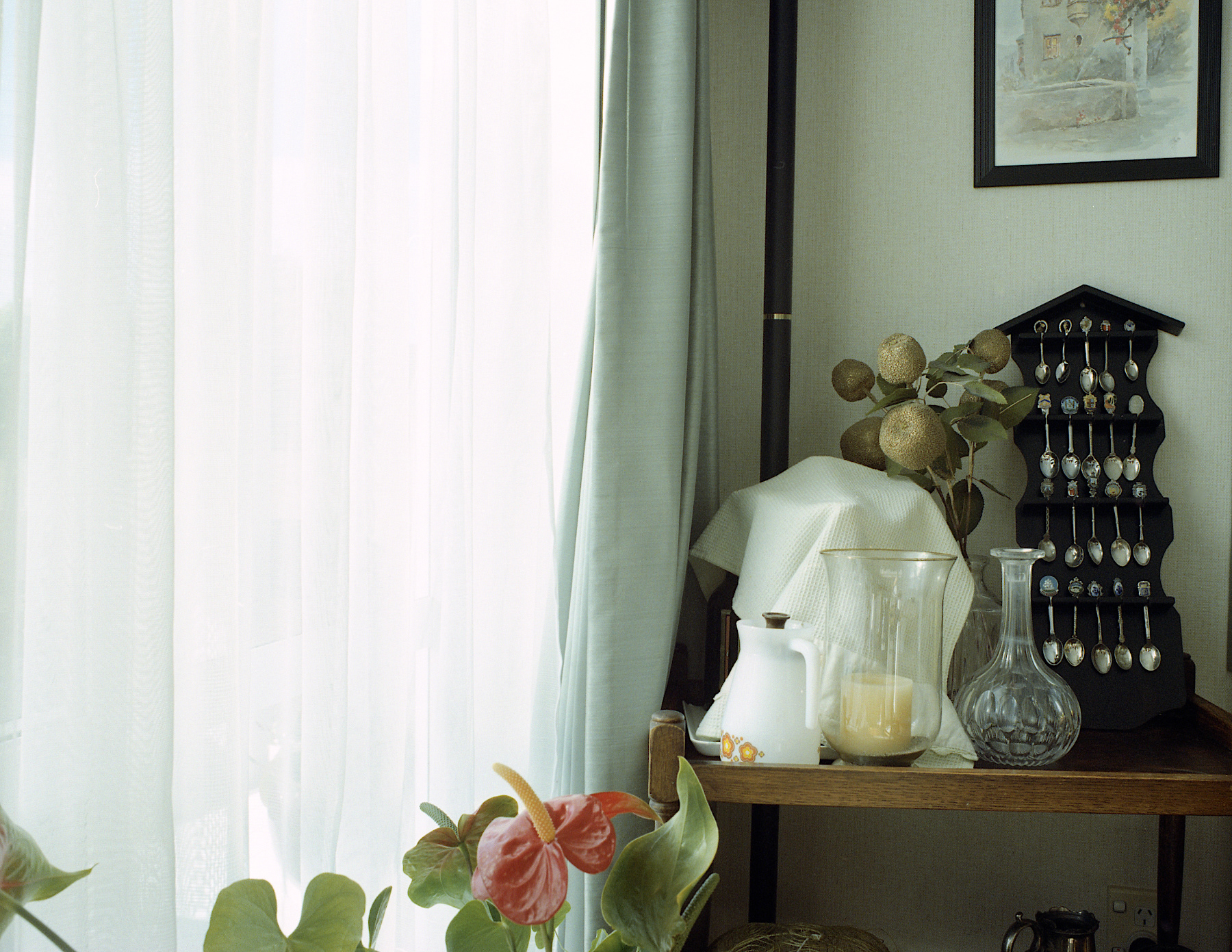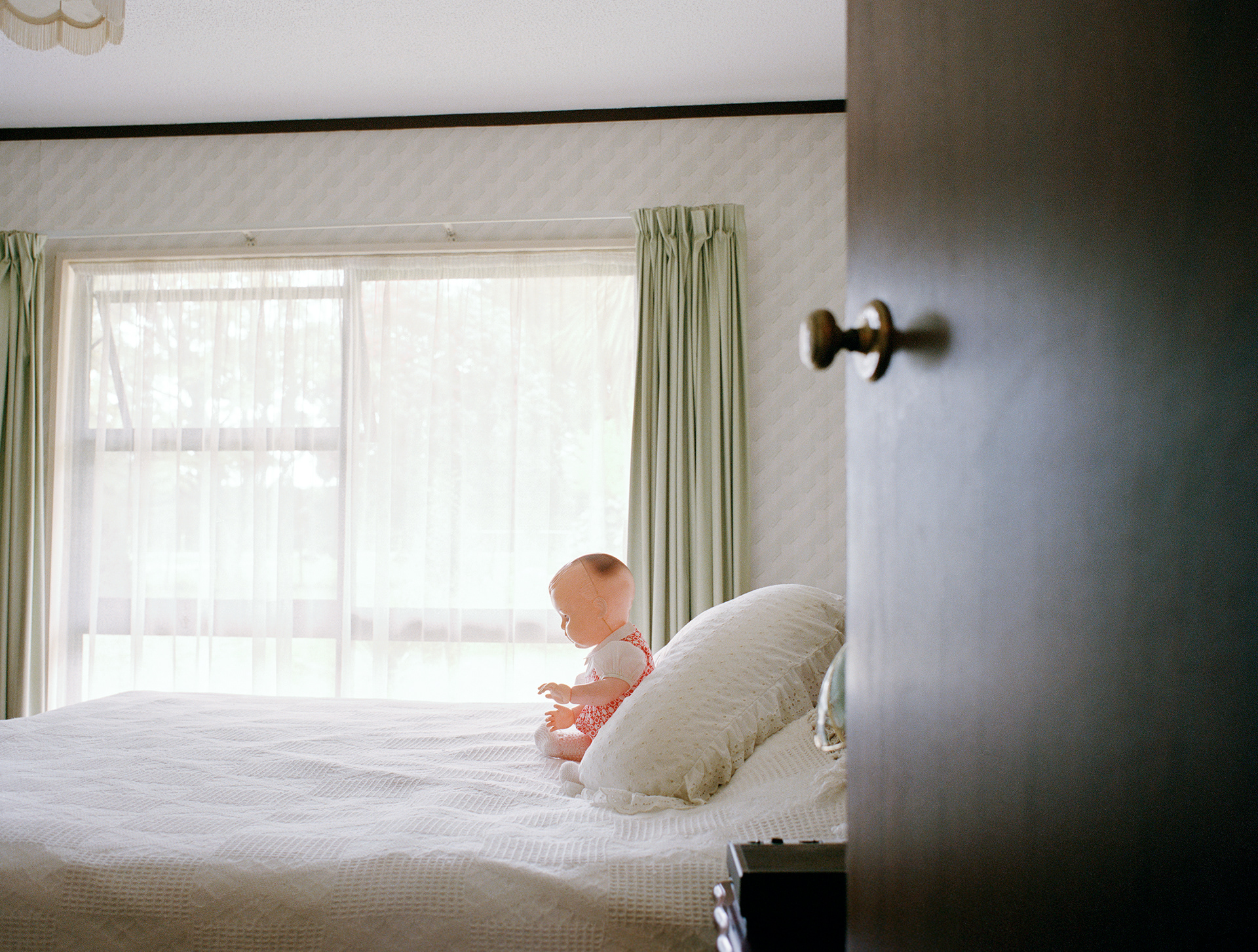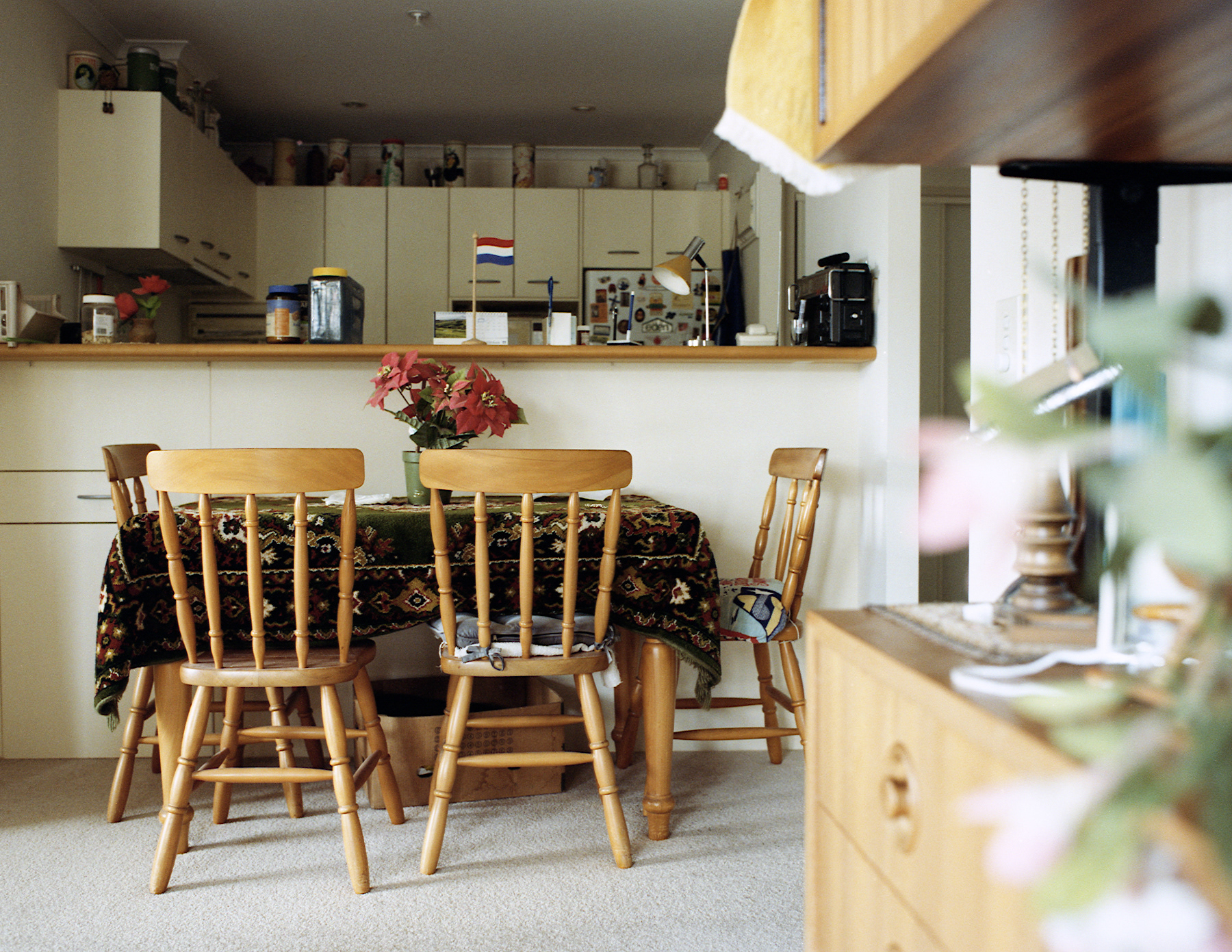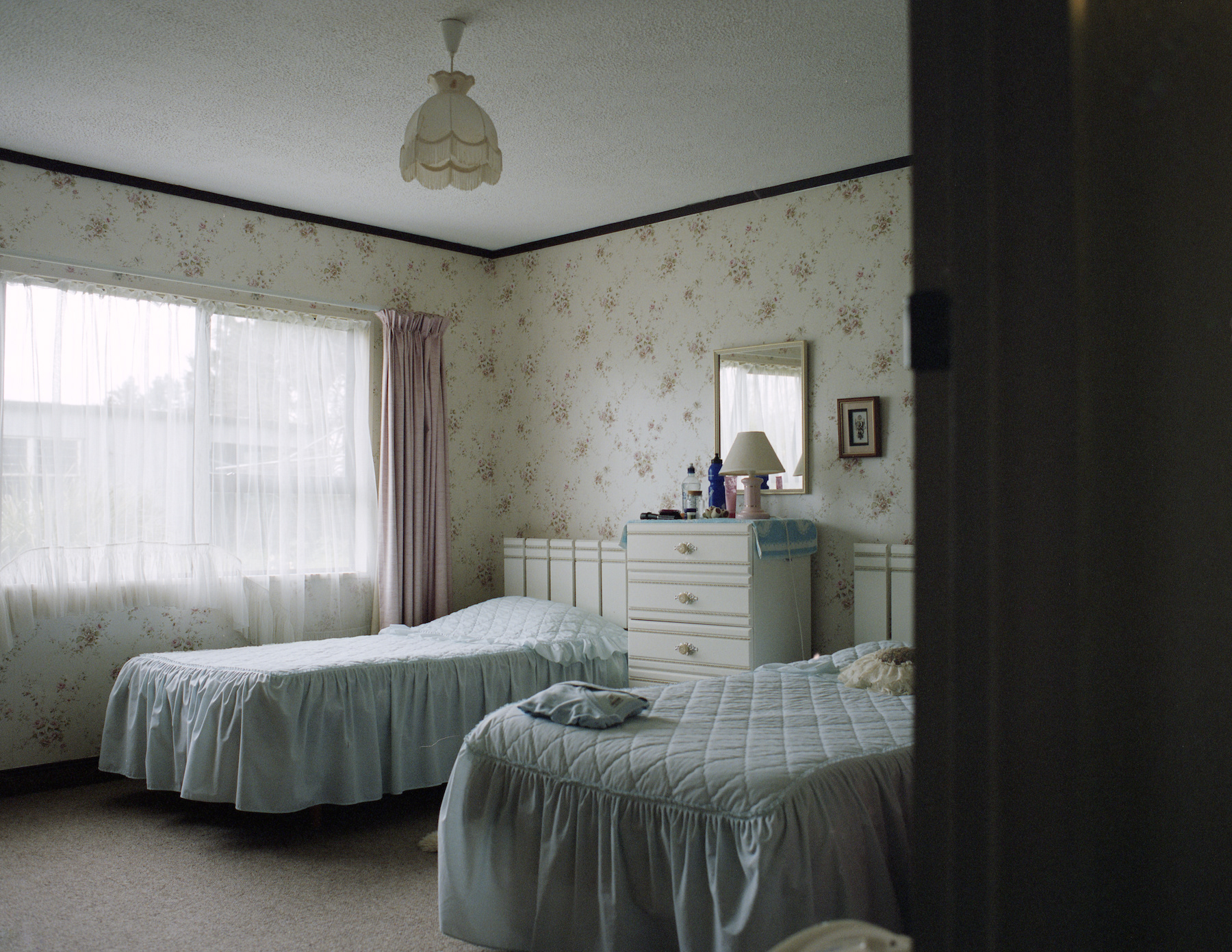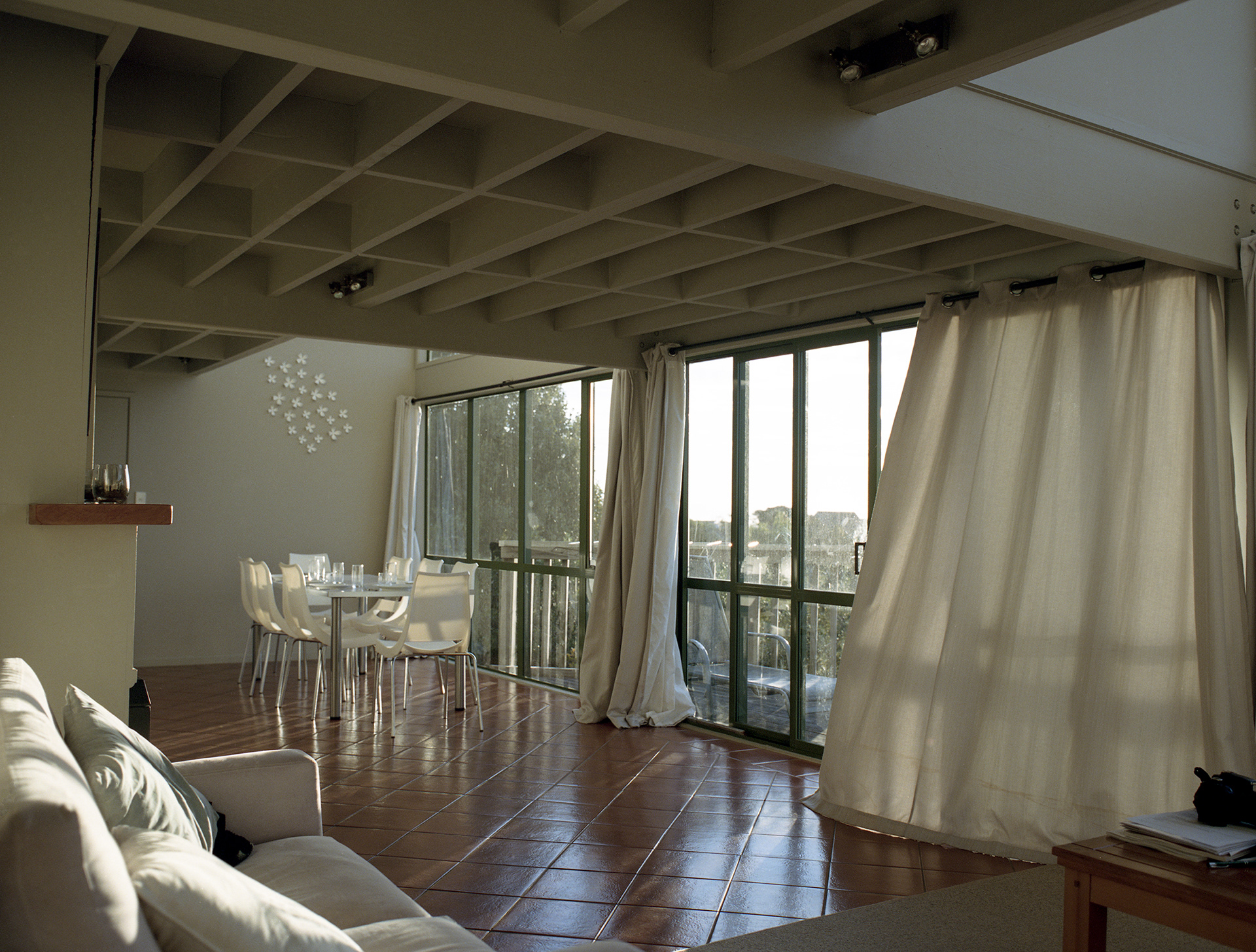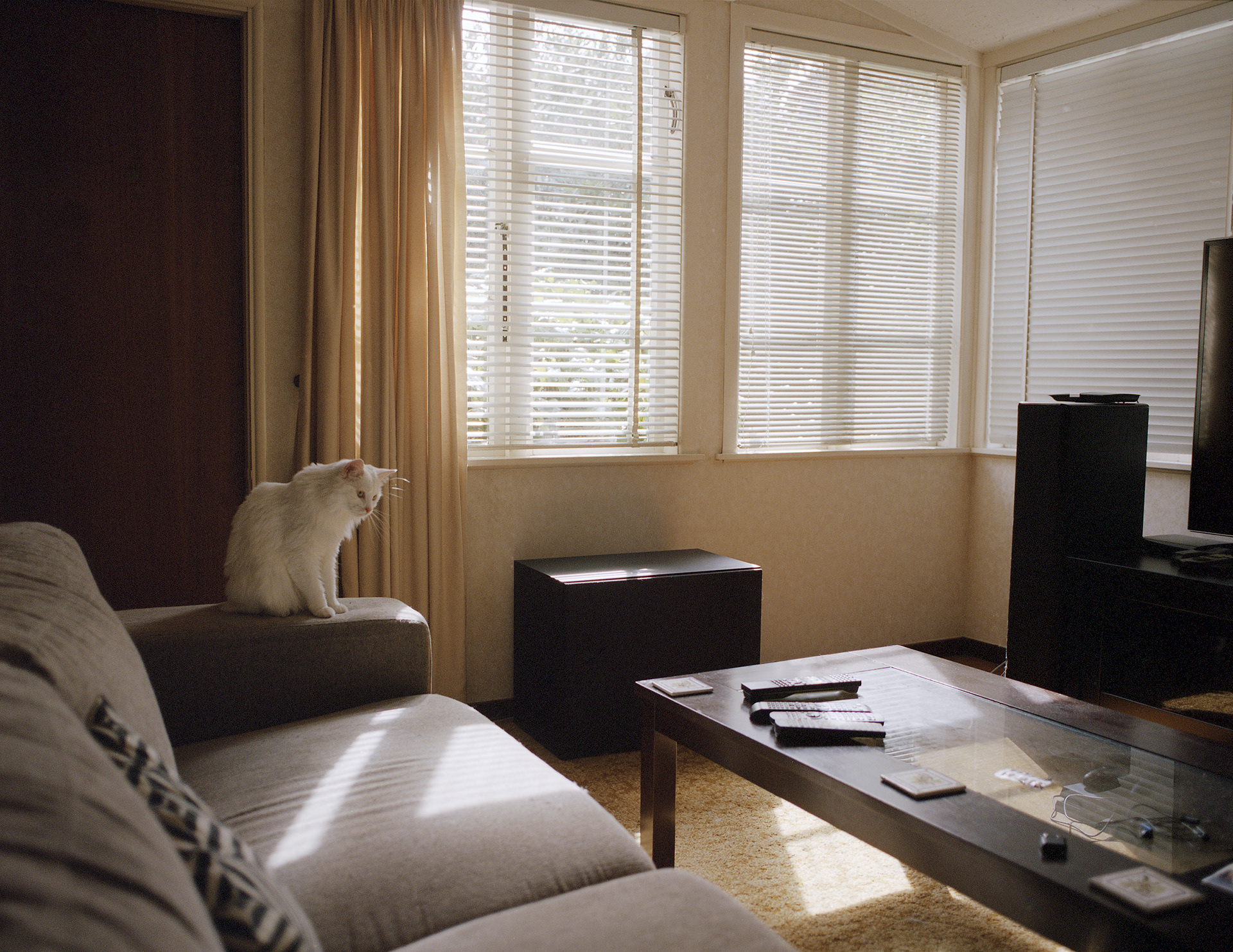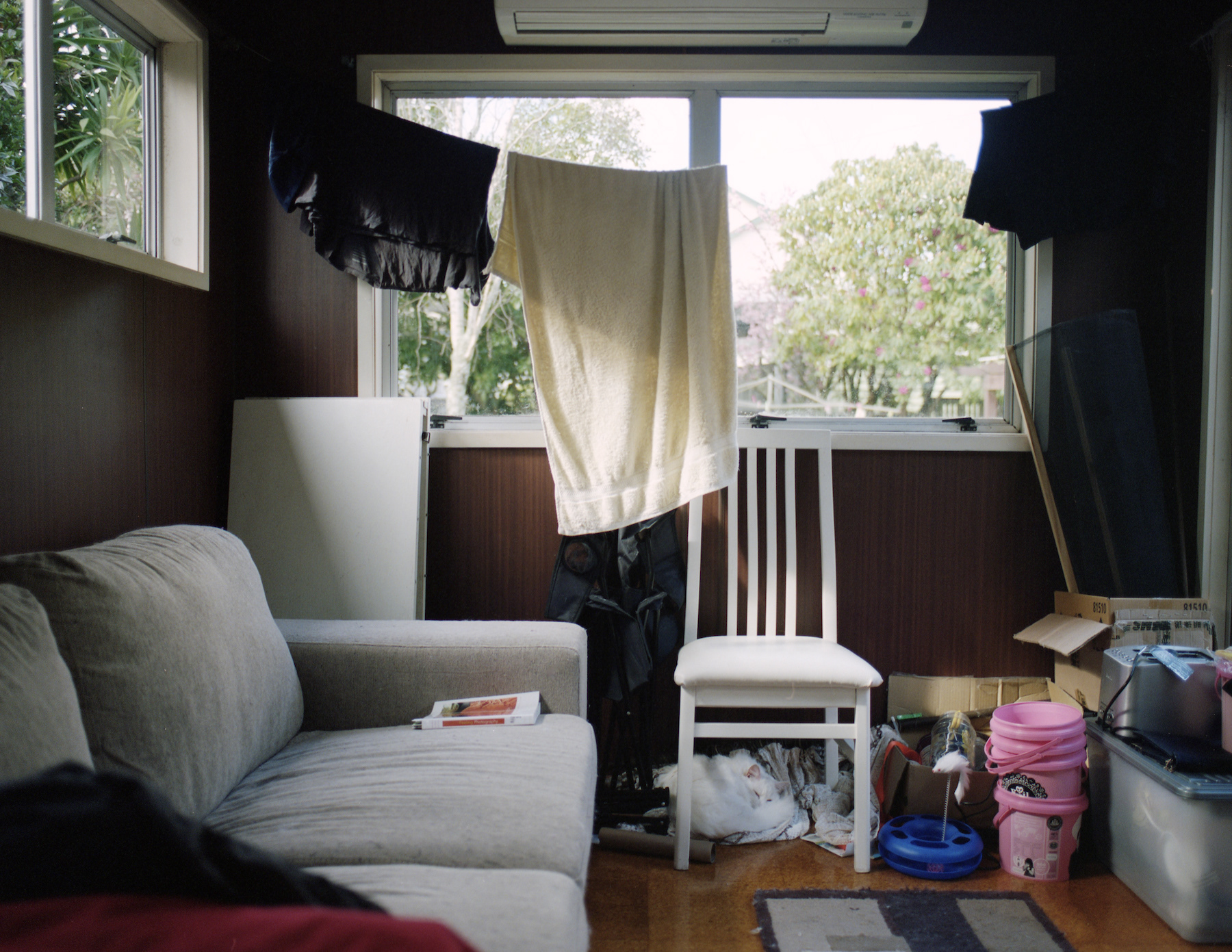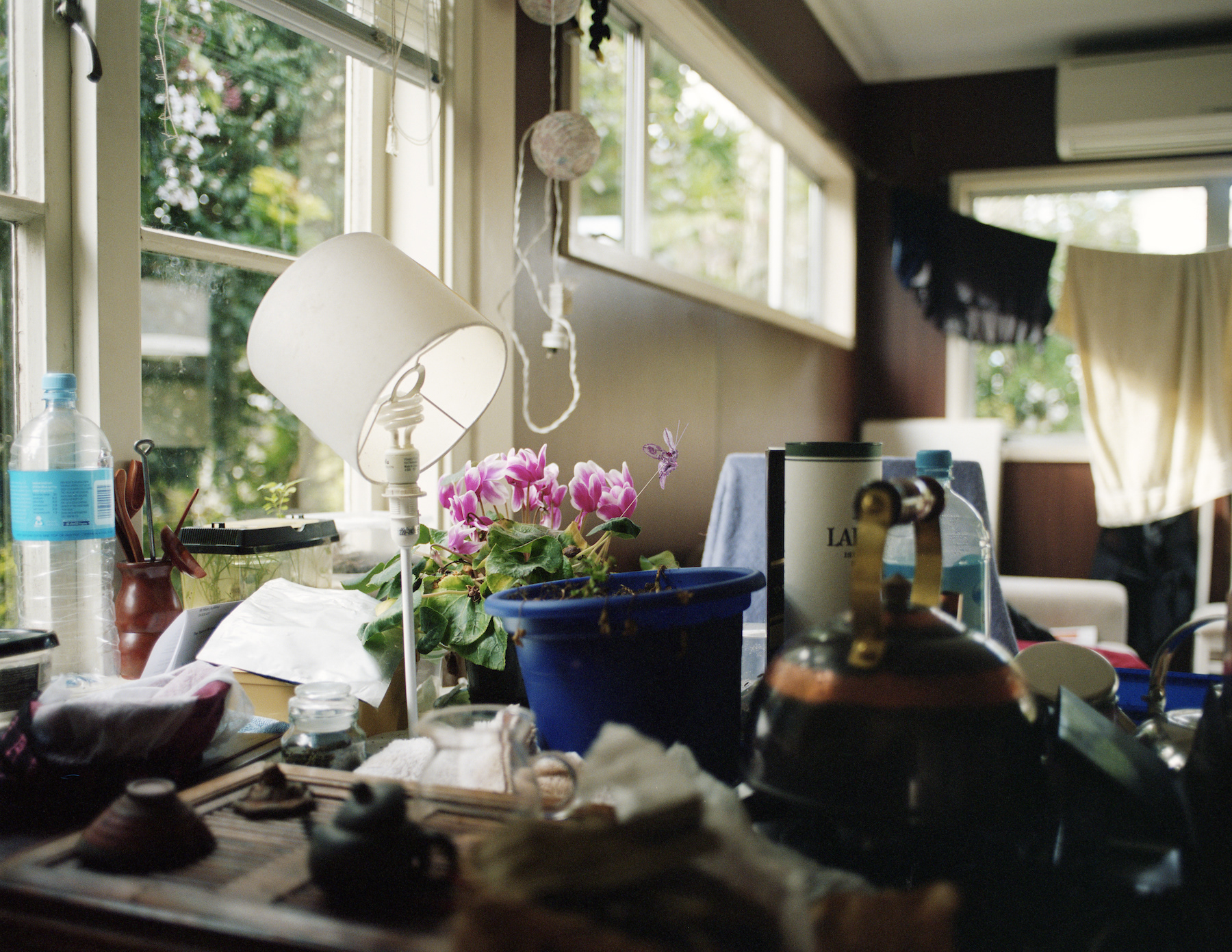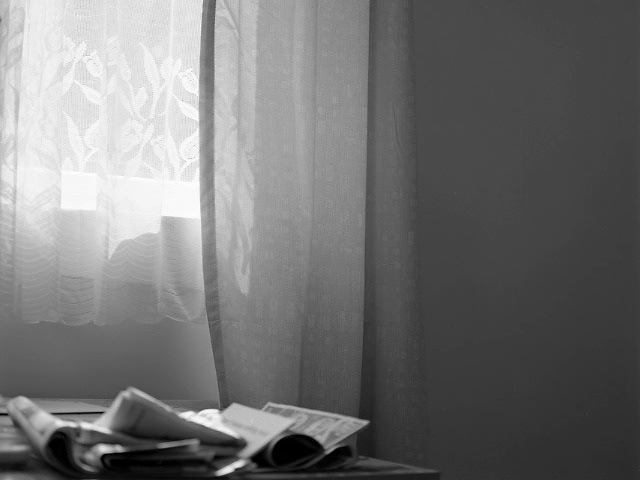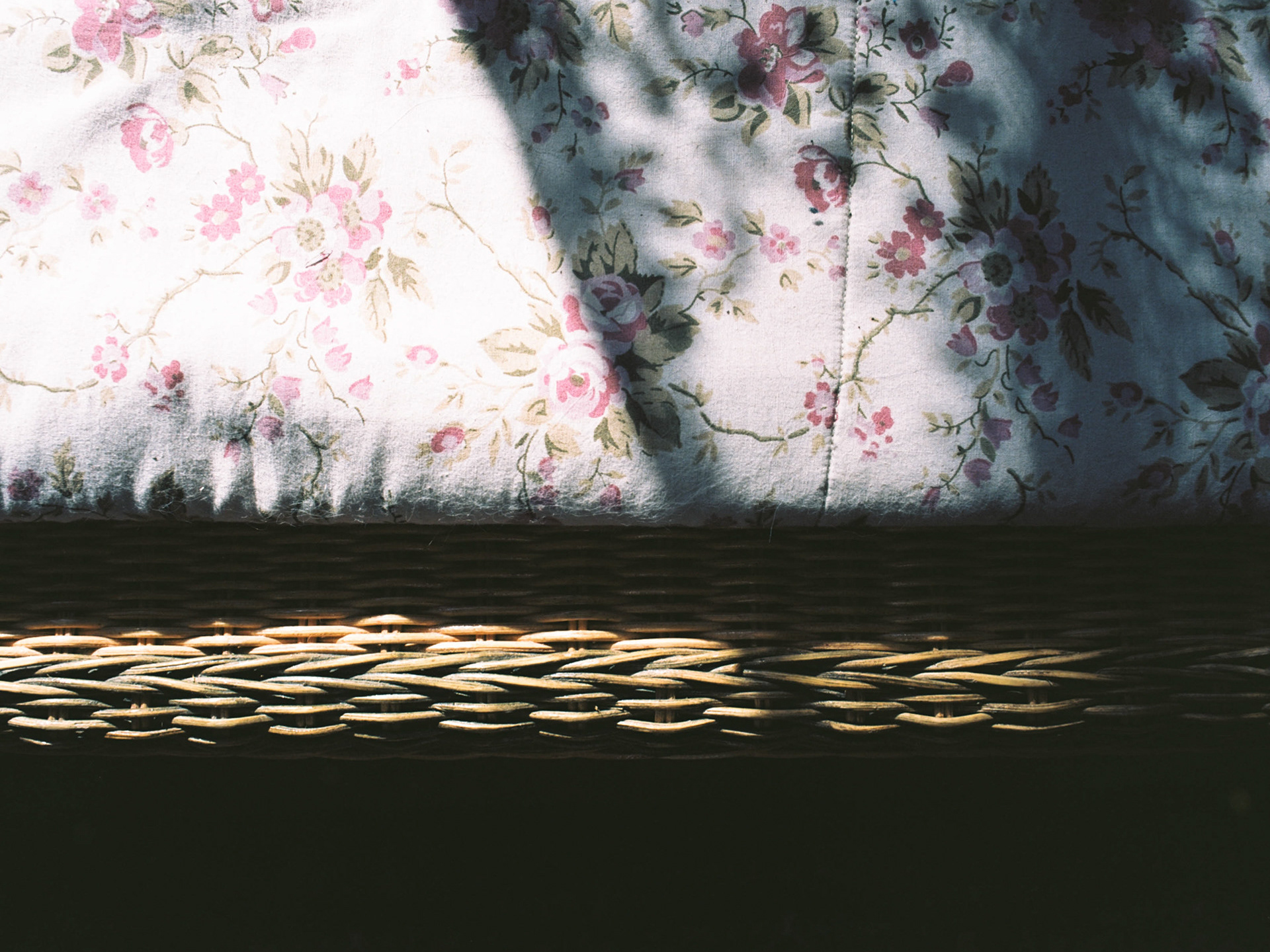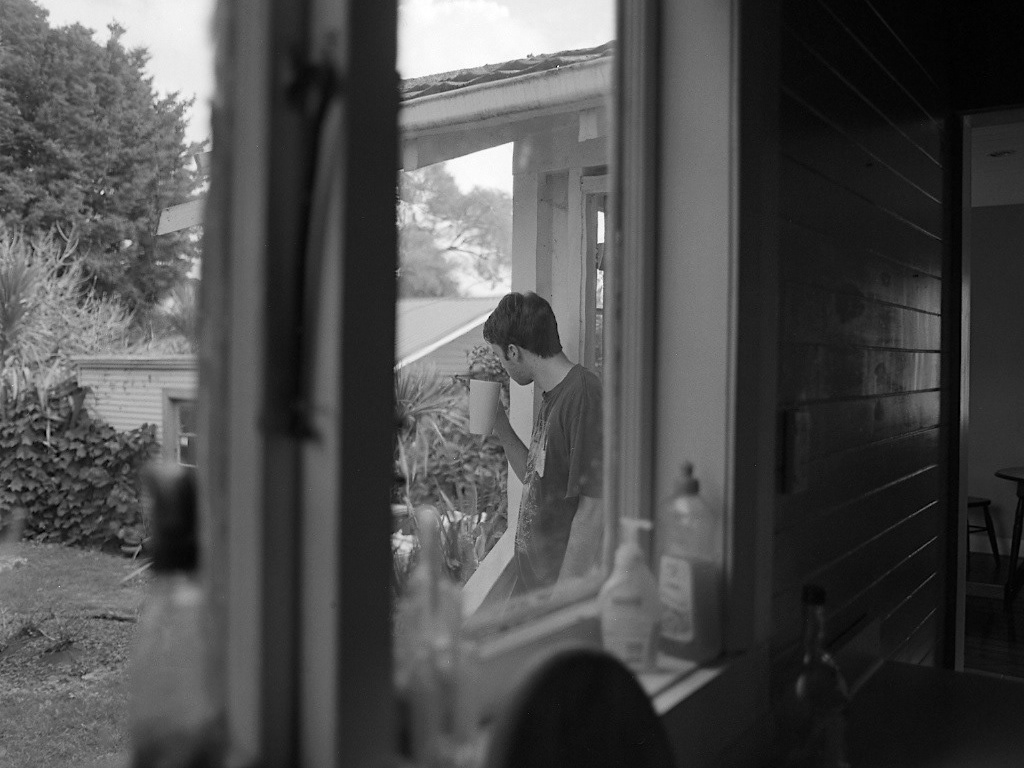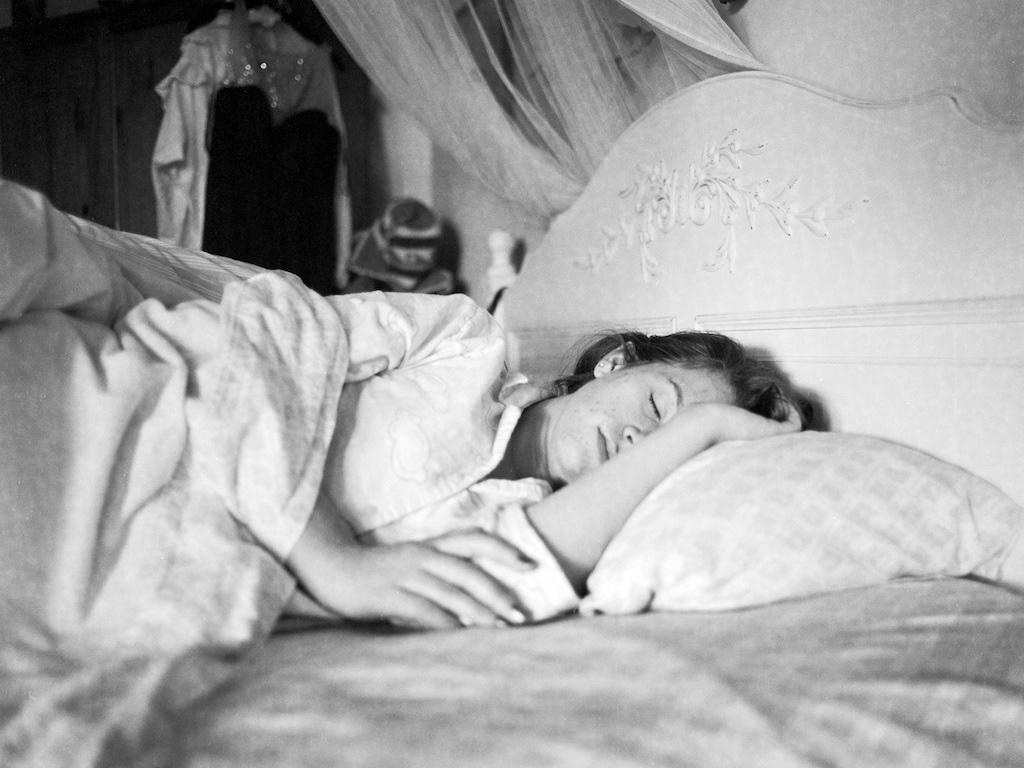Images can tell a story: they can become part of a narrative, saying things that can’t be put into words. The photographs in Ons Erfgoed investigate an alternative method to portraiture – they provide a portrait of Dutch New Zealanders not by photographing the people themselves, but by focusing on their homes and the objects they collect and display. The setting in which the photographs have been taken and the objects that make up the room are significant: objects are often placed around the home as symbolic reminders of people, places, and significant events — a kind of showcasing of the things that are important to the owner. Jean Baudrillard, in his book The System of Objects (1968), explains, “what gives the houses of our childhood such depth and resonance in memory is clearly this complex structure of interiority, and the objects within it serve for us as boundary markers of the symbolic configuration known as home.”
As people age, the objects that they hold onto age alongside them, and so, through various events, interactions and changes, both the person and their possessions continuously transform. Objects are often used to construct and preserve the meanings of people’s lives. Cultural values and ideas become materialised within objects and, usually unintentionally, people provide vital clues as to who they are and what they believe throughout their home. The photographs in Ons Erfgoed aim to echo something of the subjects’ Dutch heritage by using light in a similar way to 17th Century Dutch painters like Rembrandt or Vermeer. The scenes are of everyday life – bedrooms, kitchens, and dining rooms – and because of the types of objects that fill these rooms, it can be said that culture has been translated into an interior. The photographs often expose a kind of longing, or an aching pathos for another place: the Netherlands.
The photographs are taken with an analog medium format camera – a Bronica ETRSi. Compared to digital, film has more of an honest and hands-on way of working, which is important for the subjects that are explored within the project. It encourages a slower way of looking at and seeing the world, and things that are often overlooked in everyday life can be noticed and recognised for their importance.


